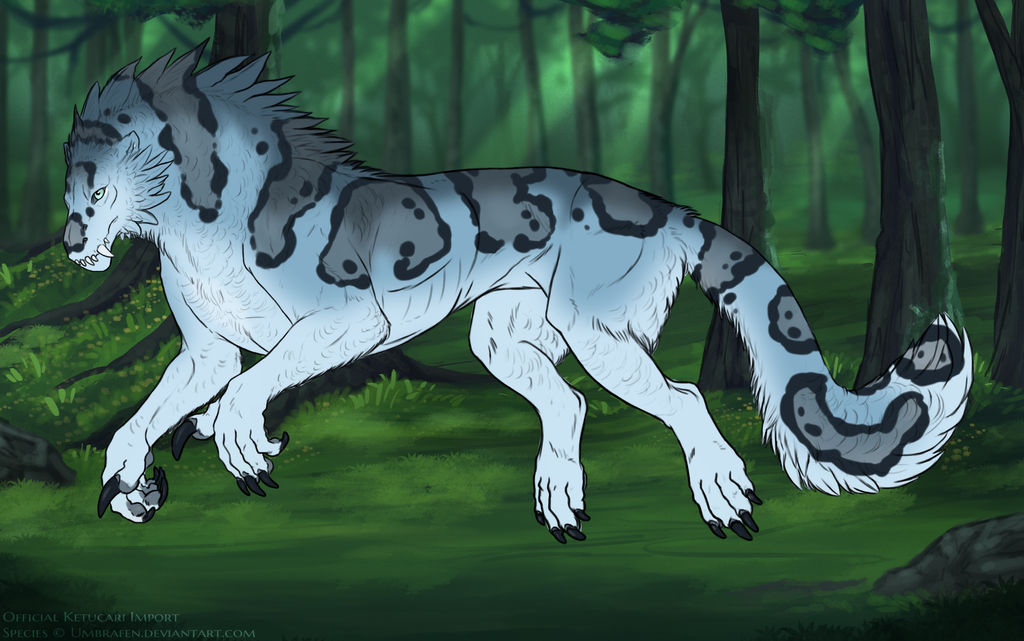Gecko
Examples
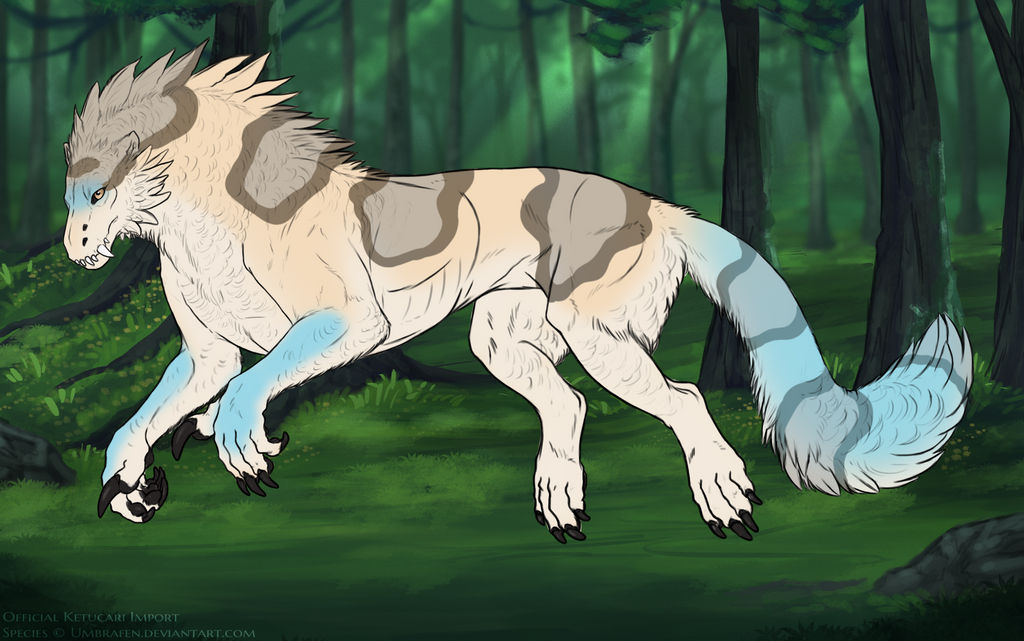
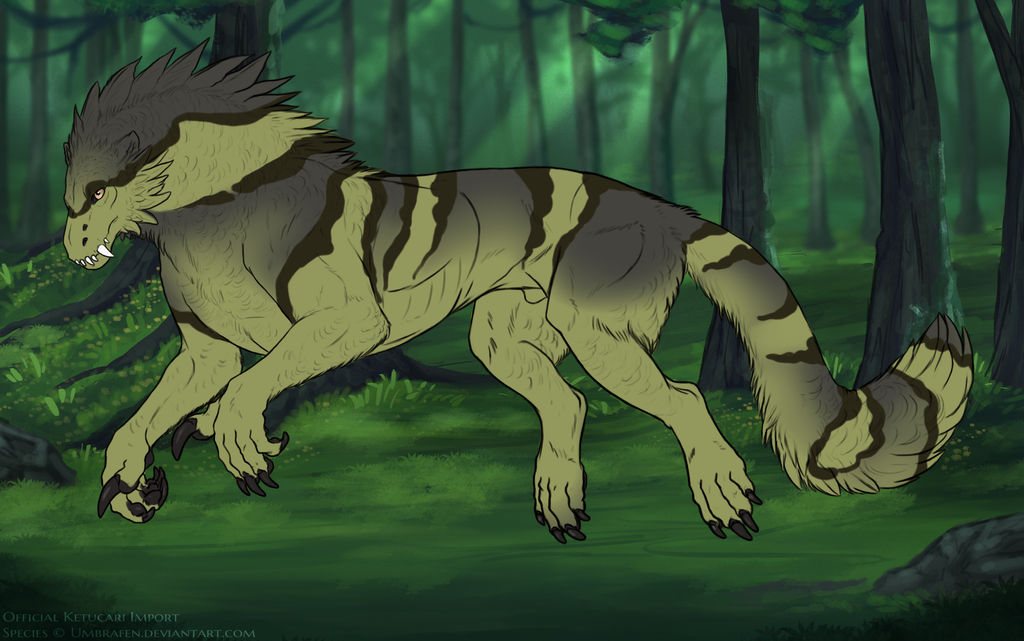
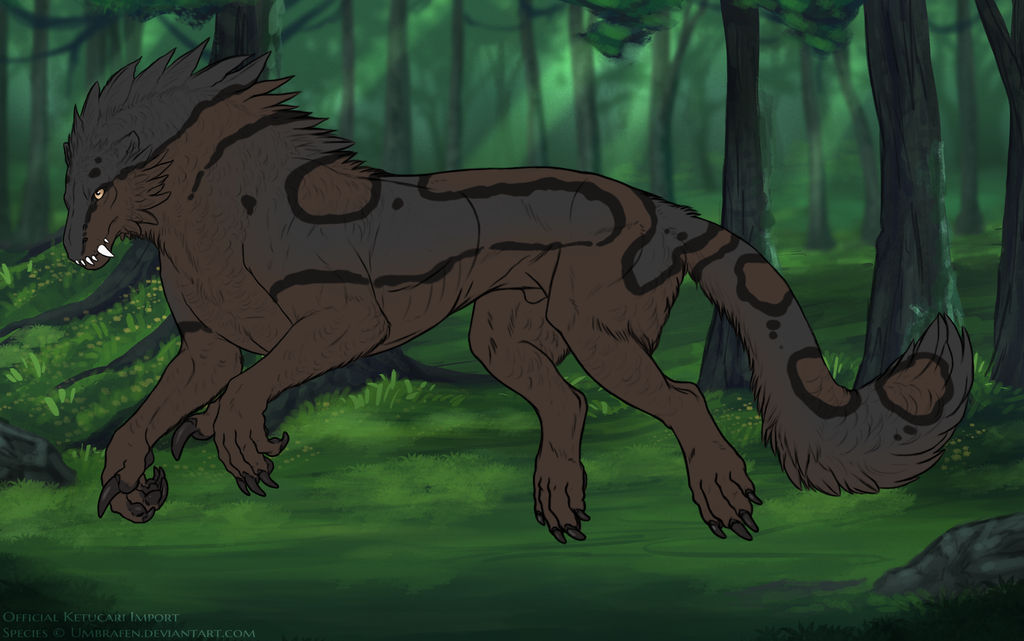

Real life examples:
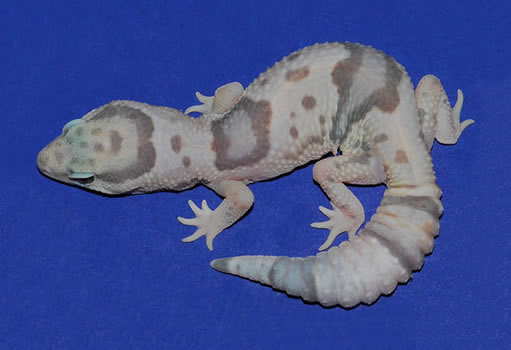
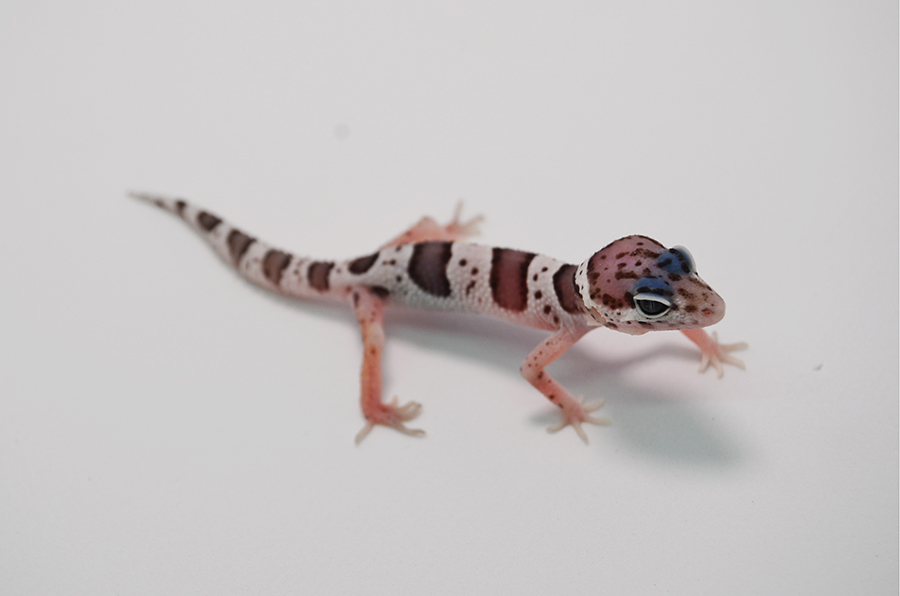
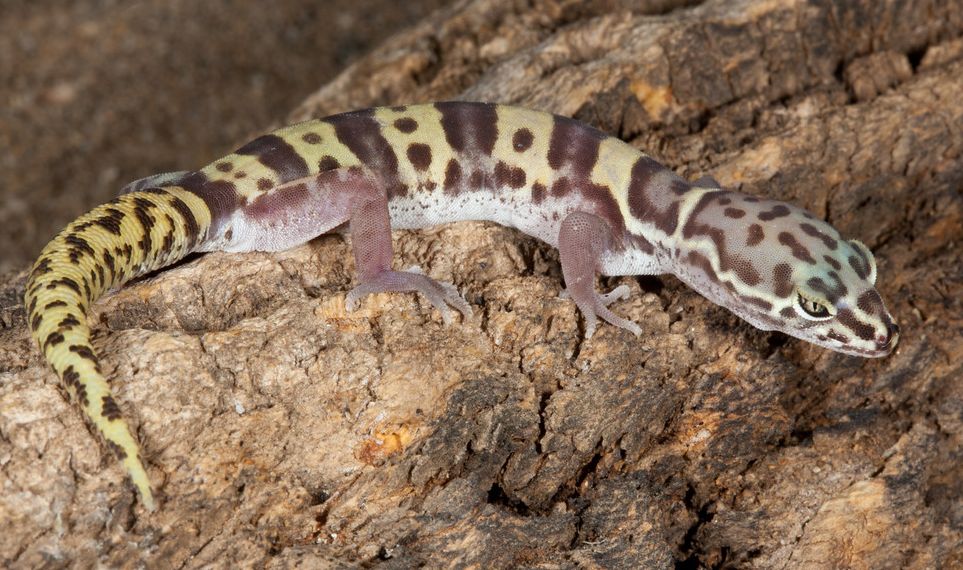
Basics
Color
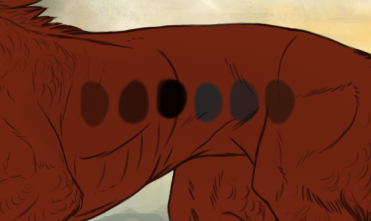
These colors would be acceptable for this base color. They are either a darker version of the base, or a darker and desaturated version of the base. The last color on the right shows a minor deviation in hue, and is slightly more yellow than the base itself. Notice that this small change is not overbearing.
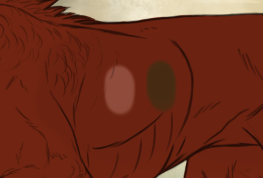
Gecko can come in patches originating from the top of the ketucari

Lines may be open, and have minor breaks in them.
The interior can fade into the base.
There must be distinct bands separating the interior from the base.

Gecko may go horizontal. Be sure there are points connecting the marking to the top of the ketucari.

